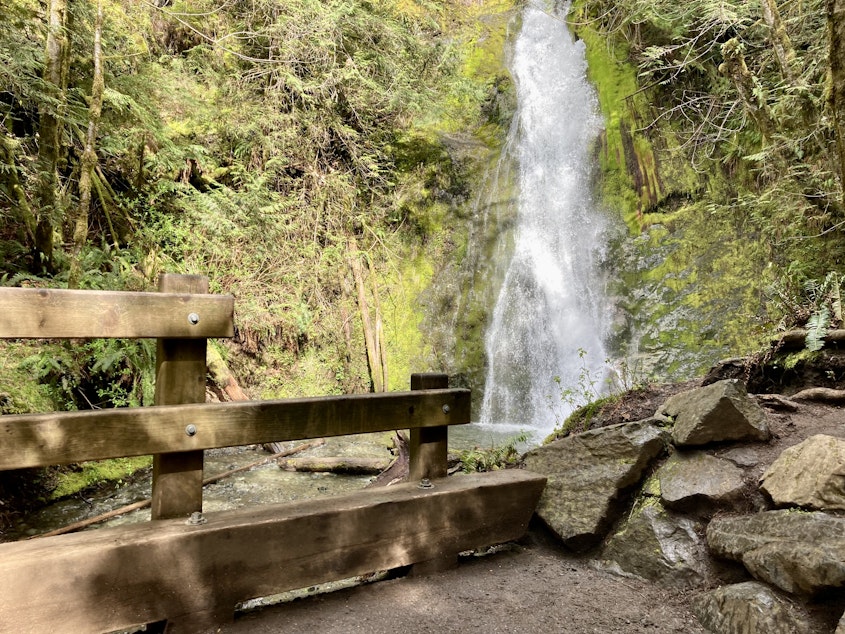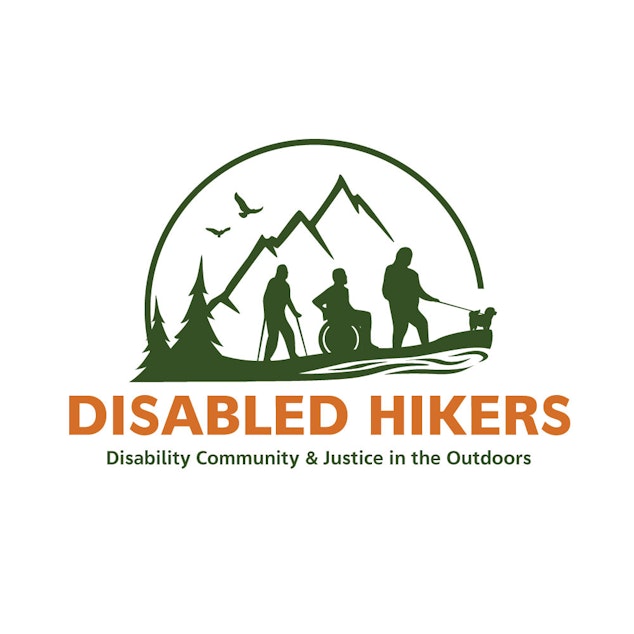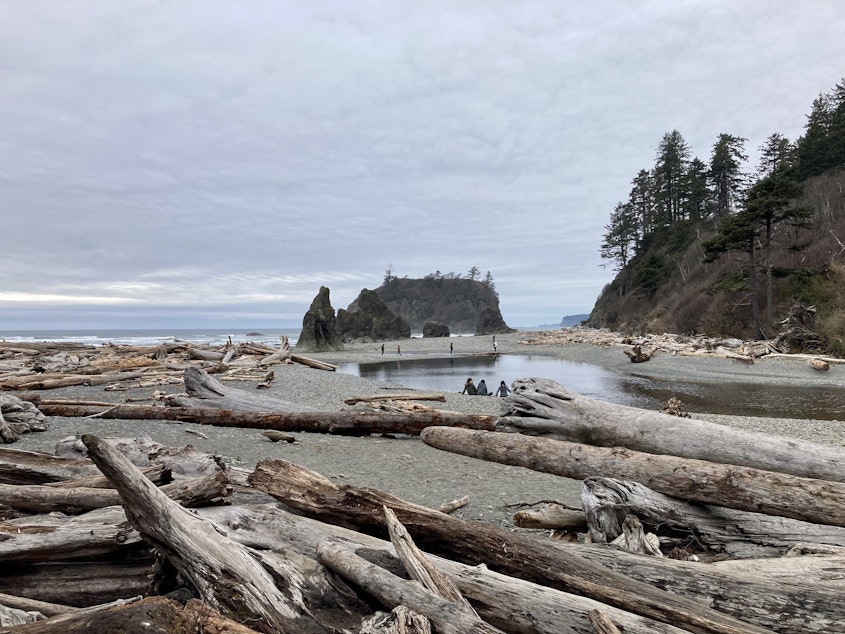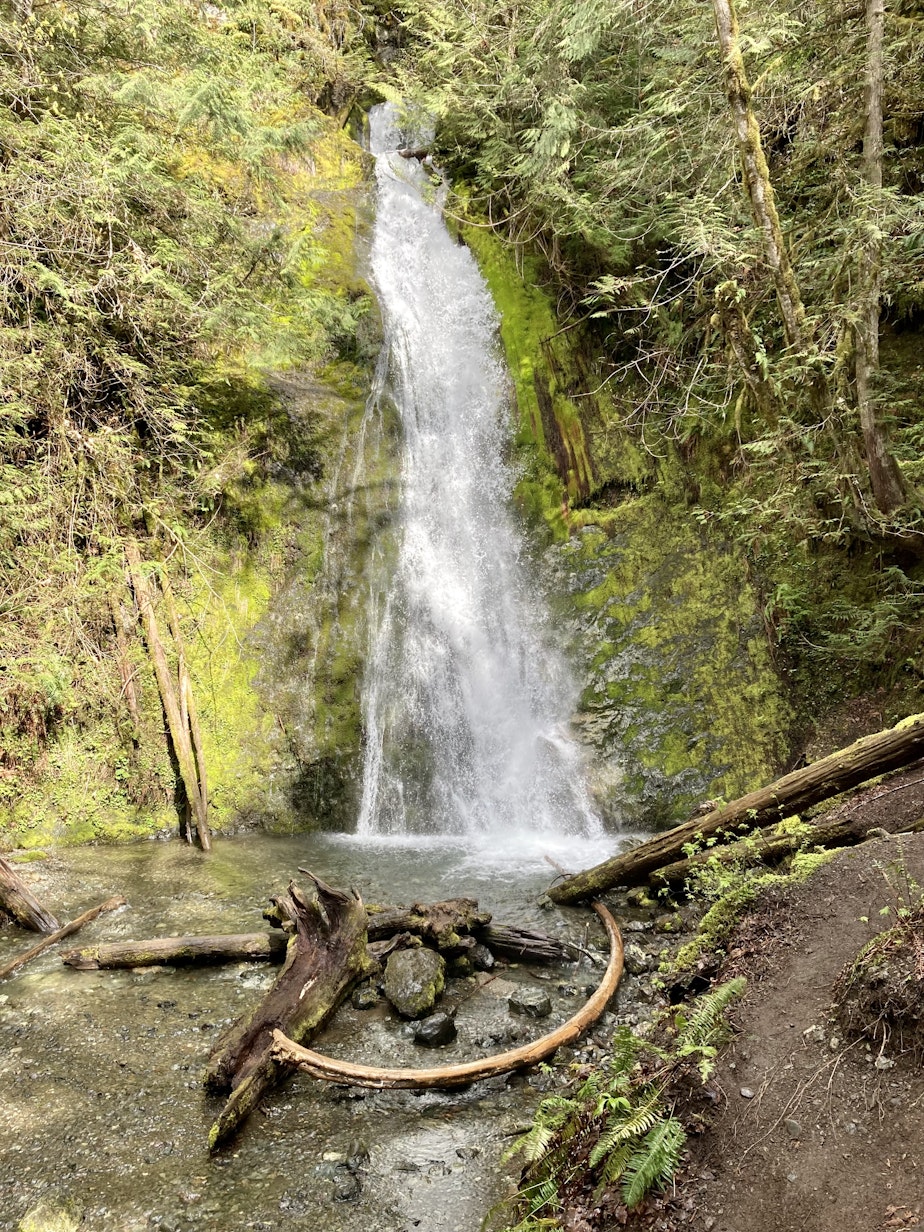Honest trail reviews for hikers with disabilities: Travel For Good

Syren Nagakyrie is an avid hiker. They also have multiple disabilities and chronic illnesses, and they say they’ve felt excluded from outdoor recreation for much of their life. Often, they’ve noticed, a trail that’s designated as “easy” is impassible for someone with a disability that limits mobility – whether they use a wheelchair or have a cognitive impairment that may make the trail difficult to navigate.
Nagakyrie told KUOW that trail developers seem to overlook how people with disabilities interact with the outdoors.
“Perhaps they have their guidelines and their checklists to go through, and they check and think they’re all good. But really, they’re leaving out tons of information and accessible features that need to be included for people to access this space,” Nagakyrie said.

So, in 2018, Nagakyrie set out to document trails and natural attractions they say are truly accessible for people with a variety of conditions – physical, psychological, developmental, intellectual.
Nagakyrie founded Disabled Hikers, a nonprofit organization and guide that reviews dozens of accessible trails across the Pacific Northwest, California, and even parts of the Midwest.
Nagakyrie told KUOW they've visited and evaluated hundreds more trails in those areas and that they're working to add them all to their online guide.
Sponsored
Nagakyrie’s rating method uses “Spoon Theory” to help hikers decide whether a trail is right for them. “Spoon theory” was created by Christine Miserandino, a writer with Lupus who coined the term to represent the amount of mental and physical energy a person needs for daily activities. Nagakyrie uses the theory in their trail rating system to help hikers understand how much energy they may need to complete a hike.

Trail ratings on Disabled Hikers include details like trek length, elevation change and terrain type, as well as things like how much planning you may need to do to reach the location or whether the trail is wheelchair-accessible.
“The entire length of the trail, I need to know: the surface and how wide the trail is, if there’s any sharp drop-offs, the elevation, the grade, the cross-slope,” Nagakyrie said, ticking through their typical list of things to consider. “Will there be any confusing intersections or where I may need to navigate something? Will there be benches along the way?”
Sponsored
Nagakyrie also includes clear directions for getting to a trail, amenities available at the trailhead, and whether visitors will have to navigate breaks in the trail. They said that this information is rarely found online, yet they and many other hikers with disabilities require it to pre-plan hiking trips.
Washington State Parks spokesperson Amanda McCarthy said the natural terrain at many parks means there are not many trails that comply with the Americans with Disabilities Act. In an email to KUOW, McCarthy acknowledged the parks could do better.
“We are always looking for ways that we can improve and feedback from our visitors is a great starting place,” McCarthy wrote. “We have a long way to go to make our spaces more accessible and we value the feedback we receive.”
Accessibility can vary widely from one location to another, even between trails that are relatively close to one another. To illustrate this point, KUOW visited a pair of hiking trails on the Olympic Peninsula – one leading to Ruby Beach on the Pacific Ocean and another at Madison Falls near Port Angeles.

Sponsored
Ruby Beach is rated “easy” by multiple trail guides, including AllTrails.com and HikingProject.com, yet visitors must navigate a steep dirt path that ends at a heap of driftwood blocking access to the sand. For someone using a wheelchair, there’s no simple way over the tangle of branches and onto the beach. Nagakyrie gives this trail a four-spoon rating out of a possible five, making it one of the more difficult trails they rate online.

Conversely, the Madison Falls Trail is completely paved, with benches along the way. It ends with an unobscured view of the falls. Even a railing blocking the trail from a drop-off to the river is slightly lower directly in front of the falls, ensuring someone shorter or sitting can still clearly see the waterfall.

“Really small details along that trail make a huge difference,” Nagakyrie said.
Sponsored
And they are what earn Madison Falls Trail a one-spoon rating, letting hikers of all levels and abilities know they can enjoy the view, too.
Hikers looking for inclusive group adventures can connect with Nagakyrie or find upcoming events hosted by Disabled Hikers online, on Facebook and on Instagram. Nagakyrie is also publishing an inclusive guidebook called “The Disabled Hiker’s Guide to Western Washington and Oregon” this September.
This piece is from our eight-part Travel For Good series, spotlighting tourism ideas across the state that teach about our fragile wonders and how we can help protect them. Check out more stories from the series here.
Want to share your social good travel ideas with us? Send an email to zhamid@kuow.org. We might feature your submission in future stories!




